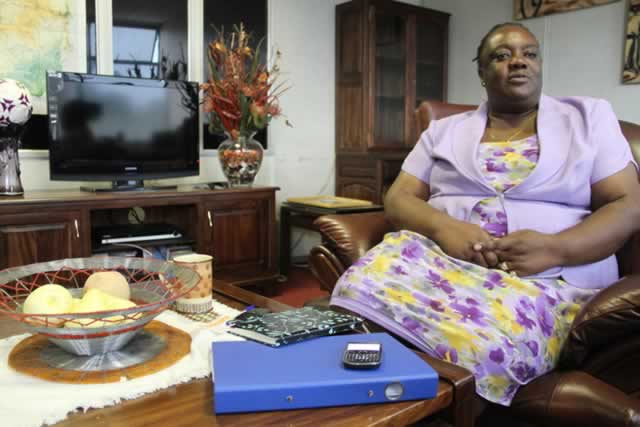Let’s pay more tax — it’s Africa’s $300bn opportunity

Acha Leke Correspondent
This question is more pertinent than ever, given that falling prices of commodities have had a direct impact on government revenues; crude oil prices have declined by around 40 percent over the past 18 months, and iron ore prices by more than 50 percent. The good news is that, despite these challenges, there is major scope to increase Africa’s “fiscal space” — its capacity to raise tax revenues from a diversity of sources. At McKinsey & Company we have identified three “archetypes” of country — “kick starters”, “transitioners”, and “modernisers” — based on their current tax-to-GDP ratio and modernisation of tax administration.
What Africa can do
What, then, are the specific steps that countries can take to increase their fiscal space? Depending on their archetype, their options include increasing their focus on larger taxpayers, strengthening tax audits, simplifying tax systems, and modernising collections:
“Kick starters”, which include several of Africa’s smaller countries, typically have legacy tax systems and collect a relatively small proportion of GDP in tax revenues.
They could implement several quick win initiatives, such as standardising and simplifying internal processes, closing major tax loopholes, and improving collection procedures. We estimate that such measures could increase tax revenues by 10 percent in as little as 12 months.
“Transitioners”, such as Angola, Ghana and Kenya, typically have more establi’shed tax systems and have begun the journey to modernisation.
These countries can go from “good to great” through holistic tax reform programmes — for example, by further diversifying the tax system, prioritising the largest taxpayers, upgrading IT infrastructure, increasing the use of pre-filing and e-filing and introducing more sophisticated compliance programmes.
These measures could increase tax revenues by 5 percent in 12 months.
“Modernisers”, such as South Africa and Morocco, already raise a significant proportion of GDP as tax revenue and have well-functioning tax systems in place.
They have the opportunity to build state-of-the-art tax administrations, for example by rolling out targeted modernisation initiatives to improve customer experience, and using advanced risk analytical engines to improve compliance.
Such steps could increase tax revenues by 2-5 percent in 12 months, on top of these nations’ existing successes.
Significant revenue increases can be achieved in a short time-frame. We estimate that, by implementing the quick win initiatives outlined above, Africa’s governments could quite feasibly collect up to $50 billion in additional revenues within the next five years — equivalent to more than 1 million new schools, as many as 10,000 state-of-the-art hospitals, or as much as 10 percent of the continent’s outstanding external debt.
Indeed, several pioneering countries have increased tax collection by between 5 percent and 10 percent of GDP in a 4 to 5 year period.
Angola is such an example.
Although highly dependent on oil revenues, Angola has nearly tripled its non-oil revenues since 2010 through a broad-based ongoing tax reform programme. Beyond such initiatives by countries, there are also important steps that can be taken at a regional level. Building on current efforts to strengthen regional integration, African governments could work together to improve tax compliance and collection.
African regional and custom groupings could co-ordinate systems and approaches to deal with VAT and trade taxes. The opportunity is clear: African countries can strengthen, simplify and streamline their tax administration processes and yield significant gains in tax collections, even in the near term.
Given the tremendous funding needs to meet the continent’s development goals, the time to act is now.
Acha Leke is a Director at McKinsey & Company. This article is reproduced from New African magazine.







Comments